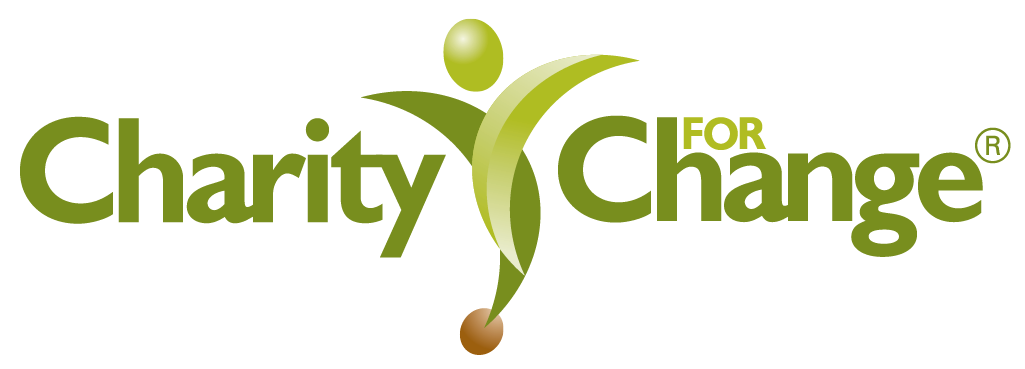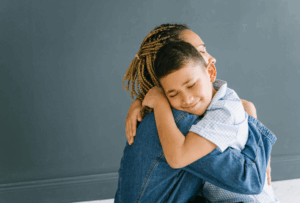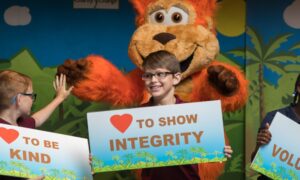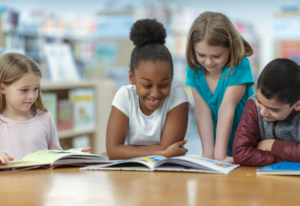Methods to teach tolerance for kids are crucial in an increasingly interconnected and diverse world, fostering tolerance in children is more important than ever. Tolerance is the ability to understand and accept differences in others, whether related to race, ethnicity, religion, gender, or other characteristics. Developing this crucial skill early on not only promotes harmonious relationships but also lays the foundation for a more inclusive and understanding society. In this article, we’ll explore effective ways to help children develop tolerance and the significance of doing so.
How to Create an Environment that Encourages Tolerance in Children
Lead by Example
Children learn by observing the behavior of the adults around them. Parents, caregivers, and educators play a pivotal role in shaping a child’s perspective on diversity. By demonstrating tolerance in your own interactions and expressing positive attitudes toward people from various backgrounds, you set a powerful example for the child. Research shows that children are more likely to develop tolerant attitudes when exposed to consistent positive modeling (Killen, Mulvey, Richardson, Jampol, and Woodward, 2011).
Encourage Open Communication
Create an environment where children feel comfortable discussing differences and asking questions. Encourage open and honest communication about diversity, and be ready to provide age-appropriate answers to their queries. Research by Bigler and Liben (2006) suggests that open communication about diversity helps children develop a more nuanced and tolerant understanding of others.
Expose Children to Diversity
Providing children with opportunities to interact with individuals from diverse backgrounds can significantly impact their level of tolerance. Exposure to different cultures, traditions, and perspectives can broaden a child’s understanding and appreciation for diversity. A study by Tropp and Prenovost (2008) found that positive intergroup contact can reduce prejudice and increase tolerance.
Incorporate Inclusive Education
Ensure that the educational materials and experiences provided to children reflect a diverse and inclusive world. Books, toys, and educational activities that feature characters from various backgrounds can help children develop empathy and understanding. The American Academy of Pediatrics (2017) emphasizes the importance of inclusive education in promoting tolerance and reducing bias.
Teach Empathy
Empathy is a key component of tolerance. Help children understand and share the feelings of others by teaching them to see the world from different perspectives. The ability to empathize fosters compassion and reduces the likelihood of prejudice. The work of Hoffman (2000) highlights the role of empathy in shaping prosocial behavior and positive social interactions.
Activities to Teach Children Tolerance for Home or School
Home serves as the first and most influential environment for a child’s socialization, laying the groundwork for their values and attitudes. Family-based activities, such as discussions on diversity, sharing cultural experiences, and participating in community service together, provide children with real-life examples of tolerance in action.
Engaging children in tolerance activities in school settings is crucial in fostering tolerance. It provides an interactive environment where they can learn the importance of empathy and acceptance–while experiencing diversity amongst their peers. By actively participating in school-based activities, children are better equipped to thrive in an increasingly diverse world, with tolerance that extends beyond the classroom and into adult interactions with the broader community.
Seven Tolerance Activities for Kids
- Talk to children about what tolerance means. An educator could ask students to talk to a parent about tolerance and share what they discovered in class.
- Ask children to think about the friends they usually hang out with. Then, challenge them to spend time with at least three people they don’t usually spend time with at home, class, recess, or in their neighborhood.
- Have children make a list of times they were tolerant at school. Ask them to make another list of times they were tolerant at home. In discussion, have them compare the two lists and talk about why it’s important to have tolerance.
- Have children draw a picture of someone in their family showing tolerance.
- Ask children to write a story about a time when someone did something that bothered them. Describe how they reacted. Did they show tolerance? If not, what could they have done to show tolerance?
- Have children talk about their family traditions. Ask: “Which one is your favorite? Why? What traditions do other families have?”
- Have children draw a picture of themselves with one of their friends. Discuss ways they are the same and ways they are different. Talk about how unique and special everyone is.
Nurturing tolerance in children is essential for their well-being and for a harmonious society. Lay the groundwork for a generation that embraces diversity by encouraging open communication, exposing children to diversity, and leading by example. As parents, caregivers, and educators, our collective efforts can contribute to building a world where tolerance is not only taught but also lived.
Are you searching for a curriculum that teaches children tolerance?
The Charity for Change curriculum is affirming, encouraging and builds resiliency in young learners. The curriculum includes:
- Project-Based Learning
- Mindfulness Discussions
- Peer-to-Peer Interaction
- Math
- Kinesthetic Activities
- Puzzles and Reader’s Theatre
- Family Engagement
Learn more about the Charity for Change Program.

Written by Karen Conley
President, CEO and founder of Charity for Change
References:
American Academy of Pediatrics. (2017). Selecting Appropriate Toys for Young Children in the Digital Era. Pediatrics, 140(6).
Bigler, R. S., & Liben, L. S. (2006). A developmental intergroup theory of social stereotypes and prejudice. Advances in Experimental Social Psychology, 38, 193-245.
Hoffman, M. L. (2000). Empathy and Moral Development: Implications for Caring and Justice. Cambridge University Press.
Killen, M., Mulvey, K. L., Richardson, C., Jampol, N., & Woodward, A. (2011). The accidental transgressor: Morally-relevant theory of mind. Cognition, 119(2), 197-215.
Tropp, L. R., & Prenovost, M. A. (2008). The role of intergroup contact in predicting children’s interethnic attitudes: Evidence from meta-analytic and field studies. In S. R. Levy & M. Killen (Eds.), Intergroup attitudes and relations in childhood through adulthood (pp. 236-250). Oxford University Press.





